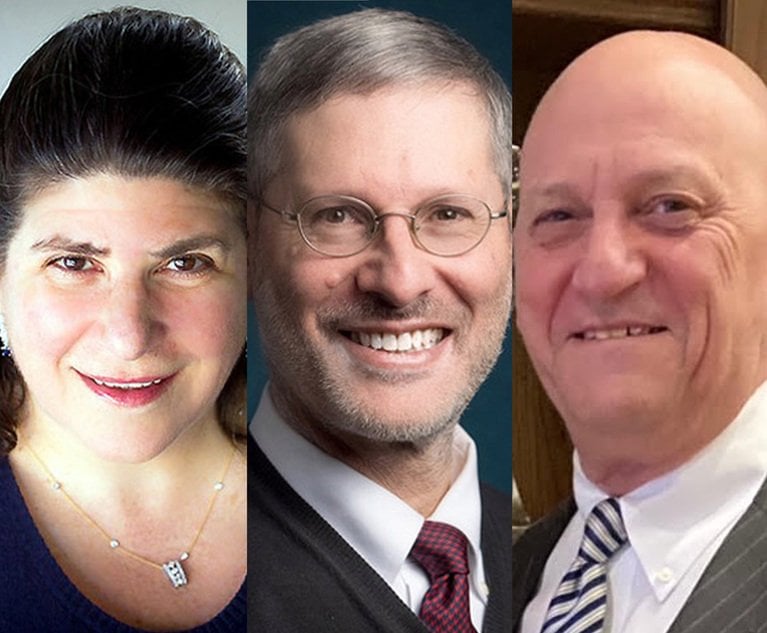 This is the third in a series of articles that I have co-authored about surrogacy. See Surrogacy in New York: Boon or Bane?, N.Y.L.J. (July 17, 2018; Surrogacy Agreements Approved by New York … With Provisos, N.Y.L.J. (July 24, 2020). In this article, I address Baby M and its legacy, advances in surrogacy that led to New York’s enactment of the Child-Parent Security Act, financial and emotional ramifications of surrogacy, and unintended consequences worldwide.
This is the third in a series of articles that I have co-authored about surrogacy. See Surrogacy in New York: Boon or Bane?, N.Y.L.J. (July 17, 2018; Surrogacy Agreements Approved by New York … With Provisos, N.Y.L.J. (July 24, 2020). In this article, I address Baby M and its legacy, advances in surrogacy that led to New York’s enactment of the Child-Parent Security Act, financial and emotional ramifications of surrogacy, and unintended consequences worldwide.
Over the past three decades, New York’s public policy and attitude about surrogacy has come a long way. The story of surrogacy began with a tragedy—the 1980s case of Baby M (Matter of Baby M., 109 N.J. 296 (1988)) where a traditional, or genetic, surrogacy agreement resulted in a tumultuous lawsuit between the traditional surrogate mother (egg donor) who refused to surrender the baby girl upon her birth (the surrogate mother’s egg had been inseminated with the intended father’s sperm) and the intended parents. In the aftermath of this case, New York enacted legislation in 1992 prohibiting any kind of surrogacy agreement, as did several other states. All surrogacy arrangements were considered violative of New York’s public policy, and commercial surrogacy arrangements (where the surrogate is paid) were frowned upon to such an extent that, pursuant to DRL §123, effective in 1993, all parties involved, including the attorneys, could be subject to civil and/or criminal penalties.






